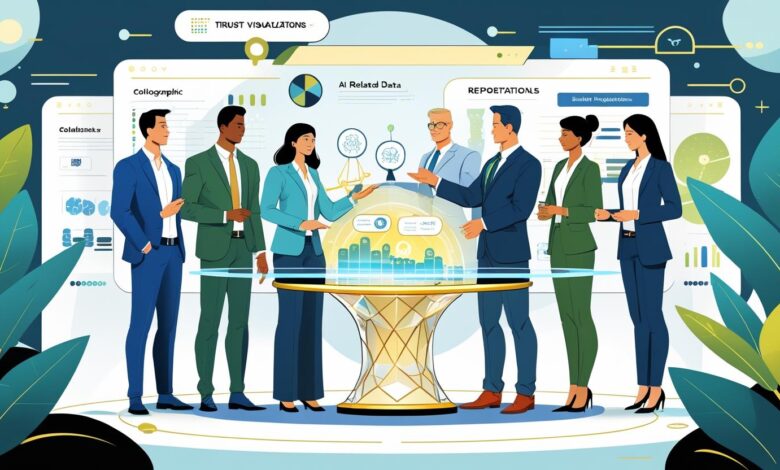
Reputation used to be reactive. A whisper of bad press, a social media storm, or a missed opportunity in crisis communication could shift perception almost overnight. Companies responded with polished statements, crisis manuals, and expensive brand rehab campaigns. That model is being dismantled. AI is laying the foundation for a new architecture of reputation. One that is real-time, multi-dimensional, and, most importantly, predictive.
As a strategist with over a decade in corporate communications, I’ve watched this shift unfold from within. AI is not just transforming how we analyze sentiment. It is altering what we consider reputation to be in the first place.
From PR Optics to Data-Driven Truths
Reputation has long been treated as a communications asset. Headlines, brand lovers, and stakeholder surveys were the main indicators. AI flips the lens. Machine learning systems can now process billions of data points—customer reviews, internal signals, ESG performance, executive behavior, even leaked Slack messages. My belief is that reputation becomes, each day past, less about messaging and more about behavioral evidence.
What emerges is a more holistic and less forgiving picture. For example:
- ESG tools powered by AI track not only what companies say, but what they do. These systems analyze supplier data, employee reviews, litigation history, and sustainability reports.
- AI-based HR analytics reveal cultural misalignments and predict attrition risks before negative Glassdoor reviews even appear.
- Trust models simulate the impact of a reputational event across digital sentiment, sales forecasts, and regional perception.
These are not soft signals. They are strategic triggers.
The Double-Edged Sword of Transparency
AI brings transparency. But transparency does not always favor the brand.
Internal issues that once remained hidden can now be flagged by AI as anomalies. Customer dissatisfaction, previously masked behind survey scores, is dissected in real-time dashboards that analyze emotional tone across chat, audio, and social interactions. AI can expose where personalization ends and manipulation begins. And that becomes another layer of reputational risk.
In this context, companies that thrive are not the ones with the most polished narratives. They are the ones with the most consistent behaviors. They listen to what the data says, even when it is uncomfortable.
Reputation in the Age of Synthetic Influence
Another transformation is unfolding quietly. AI is not only reshaping what defines reputation, but also who carries it.
With deepfakes, virtual influencers, AI-generated content, and synthetic brand ambassadors, reputation is becoming less human-bound. An AI-powered spokesperson can go viral. A chatbot’s error can trigger backlash. A synthetic campaign might outperform a real one, but provoke ethical debates around authenticity.
This reality blurs the boundaries between brand perception and control. It also raises a deeper question for leaders: Is your reputation a reflection of your leadership, or of your algorithm?
Strategic Reputation Is No Longer Optional
Too many companies still treat reputation as a reactive PR concern. AI makes this mindset obsolete.
Investors now benchmark reputational equity through AI-powered indices. Boards scan public filings to flag leadership risk. Consumers can ask an LLM about a company’s controversies without needing a journalist. You can no longer think in campaigns. You must think in systems.
What’s Next: Adaptive Reputation Models
AI opens space for something new. A reputation strategy that is not only monitored, but adaptive. Less like armor, more like an immune system.
- Adaptive models detect early warning signs of cultural friction or executive misalignment.
- Generative tools simulate how different communication strategies will be received across stakeholders.
- Predictive frameworks help identify the values that resonate in different regions, markets, and cycles.
We are moving from managing the past to engineering the future.
Reputation Was Always About Patterns
From now on, the best leaders must understand that reputation is not built in press releases. It is built on patterns—behavior, decision-making, consistency. And, on top of that, they must live their speech and embrace their humanity to take advantage of all this new world opening in front of our eyes.
AI does not change that. It simply makes the patterns visible.
And in that visibility lies the turning point. Those who resist will continue repairing reputational damage. Those who embrace this shift will start designing reputations with intention, clarity, and strategic foresight.





